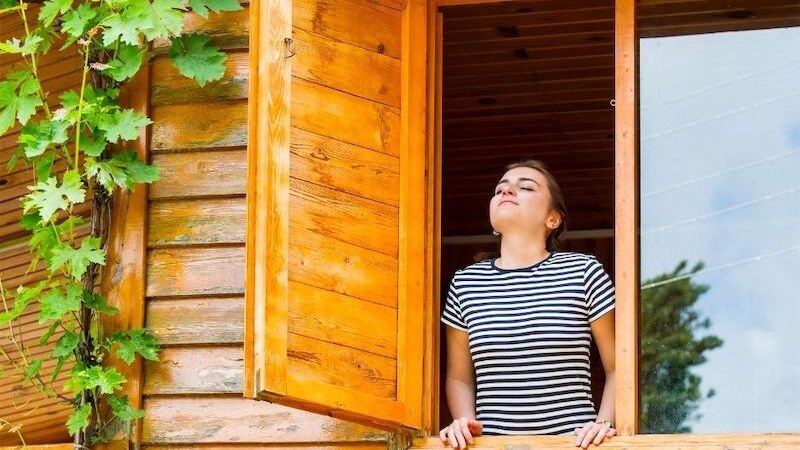Connecting...
How air conditioning manufacturers are responding to the wellbeing boom and demand for fresher air
over 4 years ago Empty Rob Bryan

Even before Covid-19, experts were predicting a boom in demand for ventilation and air conditioning technology to combat the effects of global warming. Pre-pandemic estimates from the International Energy Agency (IEA) were for a 300% rise in demand for indoor cooling by 2050. Now, of course, the desire for increased mental and physical wellbeing is at an all-time high and the people who use our buildings are asking not just for cooler air but cleaner air too.
Cool v Clean
If we look back at the history of air conditioning, we can see that it has become the victim of its own success. Since around the 1950s, when post-war demand for comfort really started to take off, air conditioning has been filtering (excuse the pun) its way into homes and workplaces around the world. Building design principles have taken into consideration the need to improve the efficiency of air conditioning technology by making homes and public places better insulated. Air conditioning systems have become more effective at recirculating air in these sealed environments and, for a time at least, cool was winning the battle over clean air.
Fresh is best
Fast forward to the 2010s and 2020s and the health impact of spending time in enclosed spaces, breathing in pollutants and sharing each other’s germs has become clear. The demand for fresh air, rather than reconditioned air, has risen even more urgently since Covid-19, as everyone realised just how dangerous other people’s germs could be.
We’ve written before about how innovation is helping to combat viral spread (read our article on how ventilation systems could keep coronavirus at bay). However, scientists were working on cleaner cool air long before the pandemic hit. One group of researchers from the US, Canada, Europe and Singapore has been developing a cheap and scalable way to create indoor comfort without regulating indoor air temperature. The technology uses radiant heat transfer, which cools or heats the surfaces around people rather than cooling or heating the air.
The age of innovation and control
Ventilation and air conditioning manufacturers have been well aware of the trend towards healthier buildings for some time and they have evolved solutions to meet this demand. Current systems have been designed to improve air quality, even in highly insulated environments. Even the World Health Organisation said during the pandemic that “air conditioning, ventilation, or other climate control systems that are well-maintained and operated should not increase the risk of virus transmission”.
The technology to deliver clean, cool air (and warm air too - which might be more important to you if, like us, you live in the UK) is here and it’s improving all the time. Building regulations are adapting to prioritise the health and wellbeing of building occupants. Clean is becoming cool – and green. Innovators are forever finding new ways to make their systems more energy efficient as well as healthier.
On that note, control is where it’s at. Here at Thornhvac we are seeing a real rise in demand for control engineers and automation engineers and this is specifically because of the requirement to make buildings greener and fresher. If you have read our article First Heating, Now Cooling as a Service you’ll know that CAAS involves supplying cooling functions on a whole service basis rather than the end user purchasing the ventilation or air conditioning system. The end user will pay a subscription that covers the cost of the equipment plus servicing. They will then pay for the energy used on top.
The benefits of this are not just that it’s a pay as you go service. It means equipment providers can upgrade the systems as technology evolves, making sure every building is as fresh and green as possible. It also means that consumers can control their environment more effectively.
Control is the key message here. Technology is keeping pace with the demand for cleaner air and comfortable environments. As we enter the era of smart buildings, people will come to expect ultimate control over how they manage their environment and energy efficiency.
To be the first to hear about upcoming job vacancies in ventilation, air conditioning and building controls, sign up for job alerts here. While you’re here, why not take a look at our latest job vacancies?
